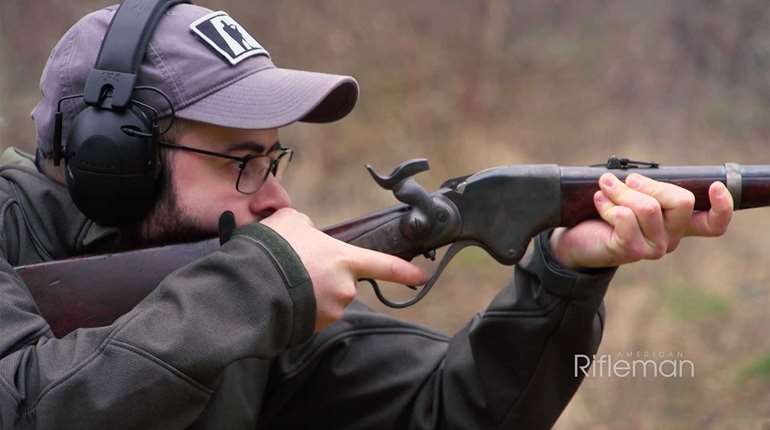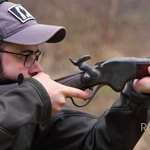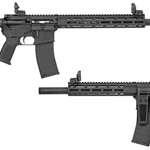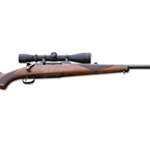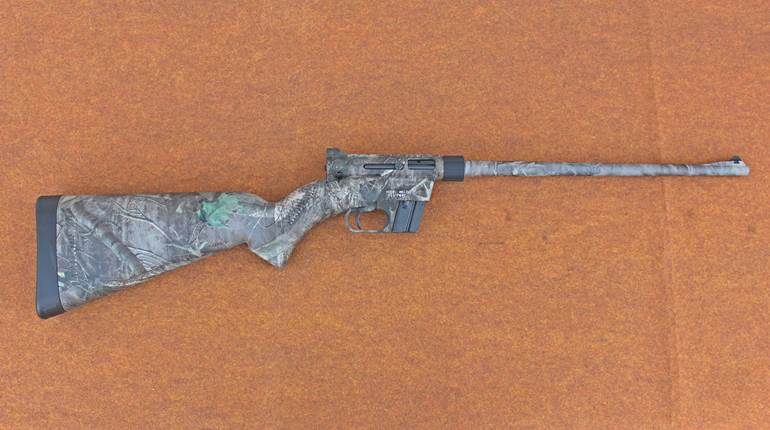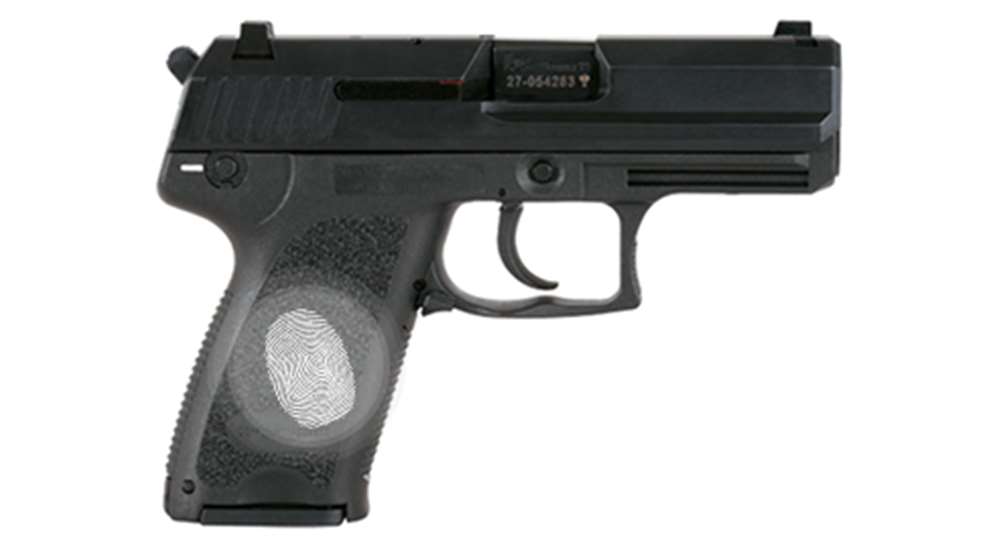
The NRA Firearms Sourcebook defines a firearm as “An assembly of a barrel and action from which a projectile is propelled through a deflagration of propellant.” I love that word: deflagration. Webster’s defines to deflagrate as “to burn down” or “to burn rapidly with intense heat and sparks being given off.” Every time a cartridge gun is fired there is a detonation of a primer followed by the conversion of solid propellant (gunpowder) to an expanding gas that drives a projectile (or projectiles in the case of shotshells) down the barrel. The consequences of the chemical reaction of turning solid propellant into gas results are heat and recoil. It is hot and violent. Deflegration is not a place where I want my iPhone. I have enough trouble getting mine to read a thumbprint after eating a hamburger, let alone the stressful circumstances that might occur when I would actually need to use a firearm defensively.
But technology similar to that used to unlock your iPhone is one of the approaches makers of so-called “smart guns” have taken toward personalizing firearms. There is nothing wrong with efforts to produce personalized firearms. If firearm owners want such devices, then the market will supply them. Given the option of purchasing a personalized firearm and consumers will eventually decide whether or not it is a viable business. The problem is when misguided legislators mandate unproven technology that has not been tested by third parties or even entered production.
But there needs to be education as to what such designs do or do not do-and a full understanding of the limitations imposed by piling on additional steps necessary to use a firearm, particularly in a self-defense situation. In nations such as Germany and Ireland, where two of the more vociferous would-be purveyors of so-called “smart gun” designs originate, there is no contemporary culture of self-defense. Simply put, they are thinking of target shooters or police as potential markets, not armed citizens responsible for their own personal protection.
Why do most U.S. law enforcement agencies use a form of striker-fired or trigger-cocking handgun without an external manual safety? Because, under stress, officers often forget to disengage them. Thus, the rise of Glock and other similar pistols. If you think a manual safety is hard to figure out under duress, try a fingerprint reader.
While I addressed potential issues Radio Frequency IDentification (RFID) in a previous blog, here I would like to dig a little deeper on fingerprint identification. Many of us use them all the time on our phones or to gain access to a secure facility. A scanner on your phone or at the entrance to a tech lab is a long way from deflagration.
In doing a quick search for “fingerpint phone failures” I found this little tidbit on a forum that should be extremely helpful for a homeowner having trouble with their gun-mounted fingerprint reader when something goes bump in the night: “For those experiencing Touch ID issues that cause their phone to freeze, or to not work as well over time, restarting the phone or recalibrating the sensor are your best bets.”
Restarting? Recalibrating? Not things that can be done quickly or under stress.
The fingerprint reader is a form of biometric technology. The reader, typically a capacitive sensor, scans your fingerprint, stores it and then uses it to compare against later images. If the reader gets a match, you can use your phone. If it doesn’t, well, you can’t. Kind of like an electronic version of a slot machine matching three cherries for a big payout-but with literally billions of permutations.
Fingerprints, of course, are unique, and once stored, the device uses algorithms to compare the swishes, swirls, valleys, etc., against the data captured or encoded initially. The better the initial image, the more successful subsequent comparisons will be. Essentially, the device matches the initial image (or images) entered into it. It is comparing a data file representing the fingerprint against another file of a new image every time your finger hits the sensor. The size of the reader makes a difference; the bigger the better.
Also capacitive sensors are usually of a thin fragile material and must be protected by a screen. Scratch the screen, and you can’t obtain a good reading. And remember those algorithms? It takes time to process? How quickly, it depends on the speed of the processor and how good an image the sensor gets.
Speaking of how good an image, the ridges and valleys of your fingerprints can be clogged by dirt, mud or, worse, blood, preventing a clear match. And if your fingerprints are too dry or too oily, again, it slows down or will not give a match. And capacitors can wear out. If it’s good for 10,000 swipes, what happens at 10,001? What effect does the violence and heat of a firearm discharging have on the reader? We simply don’t know yet.
And then there is a question of what, say, Hoppe’s No. 9 will do to your fingerprint scanner. Will it eat the glue around the cover and then the silicon capacitor underneath?
There are times I want to subject my phone to deflagratation, but I have no expectation it would work if I used Gorilla Glue to attach it to my H&K USP Compact in .40 S&W for 10,000 rounds.


















